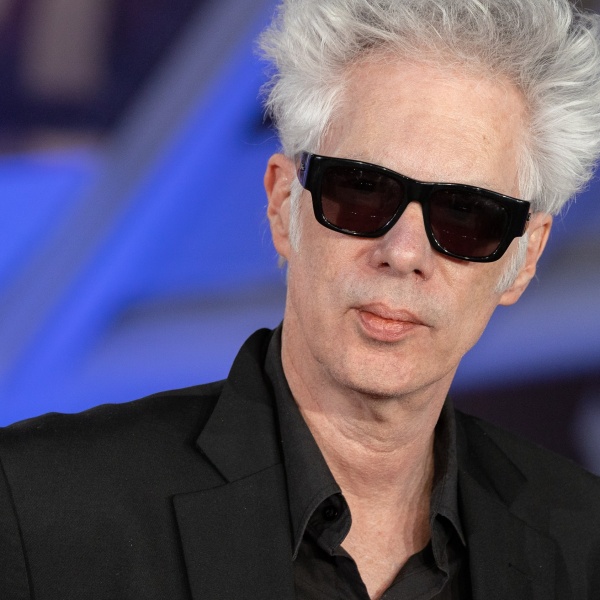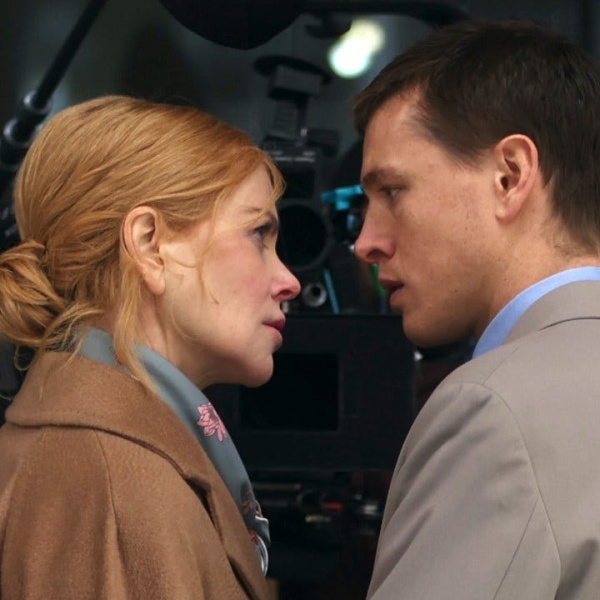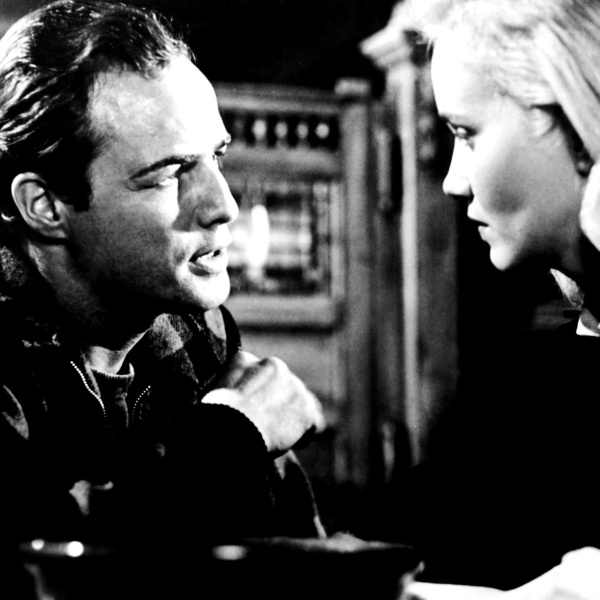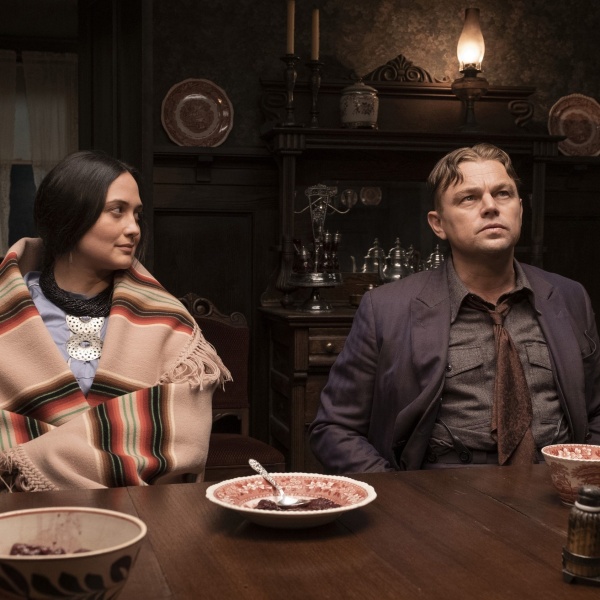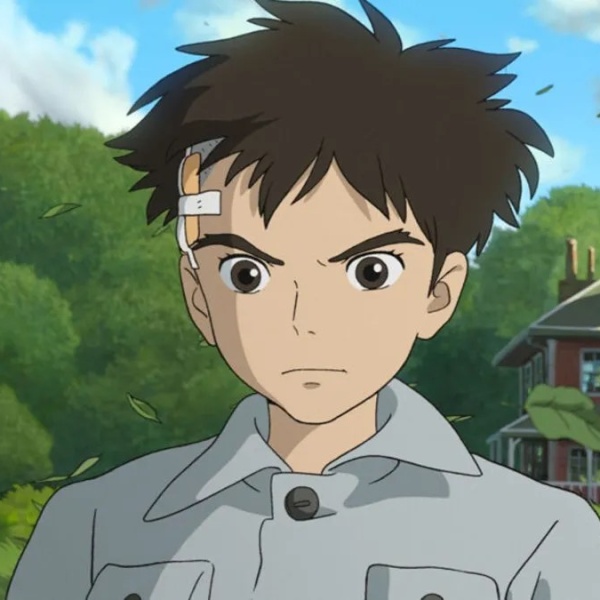Vincenzo Natali nearly died while making his first movie, “Cube.”
Made on a shoestring budget, his 1997 psychological horror only had one practical set — a huge, boobie-trap-filled cuboid prison to house the film’s action and drama — and at one point, it nearly fell on him.
Thankfully, it didn’t. But the bad luck didn’t stop there. By the time he’d finished making his genetically modified body-horror “Splice,” the process had proven so difficult, drawn-out, and stressful that it had turned the then-40-year-old director’s hair gray.
“It was like having a child,” Natali, laughing, told IndieWire as his cult-hit creation turns 15. “If I didn’t care about the movie as much as I care about my own children, my hair wouldn’t have turned gray. It’s because I wanted this thing to exist so badly. Making [‘Splice’] was so stressful, it made me sick. I had something no doctor could identify, which magically vanished the day after the film opened. It had to be psychosomatic,” he said, finding humor in the experience — but only in hindsight. “It was a very difficult birth.”
That’s putting it mildly. Released by Warner Bros. in the U.S. in 2009, “Splice” is a sci-fi story that could easily be ripped from today’s headlines. It follows Clive (Adrien Brody) and Elsa (Sarah Poley), two genetic engineers experimenting with animal DNA in search of healthcare breakthroughs. After achieving early success, the pair set their sights on creating an animal-human hybrid, much to the dismay of their bosses, who order them not to. Ignoring the rules, Clive and Elsa play God regardless and create Dren (Delphine Chanéac), a beautiful Frankenstein monster that grows rapidly and develops deadly new traits with each passing day.
“’Cube’ was hard; ‘Splice’ was harder,” said Natali. “Its path into the world was arduous, from conception through to its release. I think from the completion of the first draft to the film’s United States debut, it was a 12-year period.” The seed of the idea lay in the Vacanti Mouse, a famous picture of a small hairless rodent that had been genetically altered to have what appeared to be a human ear growing on its back.

“It looked incredibly vulnerable and not happy to have that extra appendage on it,” said Natali. “The image really struck a chord in me because it was so strange. At the same time, I felt tremendous empathy for [it]. I really felt like there was a movie in this mouse.”
Even though inspiration had struck, development on “Splice” was slow. Natali came close to making it his second feature in 1999, going so far as to develop the script, storyboard key scenes, and create creature tests before his producer pulled out at the 11th hour and momentum suddenly stopped. “Like the creature Dren, this movie would appear to die at points but always come back to life,” he said. “Sometimes that’s a good thing because it forces you to test the material. If it doesn’t hold your interest for 12 years, maybe it doesn’t deserve to exist.”
In addition to budget issues (“Dren was always going to be a very expensive visual effect to accomplish,” said Natali), much of this long delay was due to a controversial yet key story element: “Primarily, it was the fact Adrien Brody’s character has sex with the creature,” the filmmaker said. “That was a deal breaker for a lot of people.”
However, instead of simply removing the scene, Natali doubled down: “It was in the contract that the scene could not be cut because I was so fearful that it would be, even after it was finished,” he said. “It was the raison d’etre of the movie to me; not just because it’s sensational but because I felt like if we’re going to tell a 21st-century retelling of Frankenstein, we need to push it into the 21st century. This was a story about life and birth — and sex was always going to be part of that equation. To dance around it would’ve been cowardly. That’s what excited me.”

While American studios were dubious, French film company Gaumont (“The Fifth Element,” “Only God Forgives”) wasn’t. Throw in the interest of one of the sci-fi-fantasy genres’ most prolific studios, and all of a sudden, “Splice” showed real signs of life. “The French were like, why not?,” Natali said of how Gaumont embraced the film’s provocative moments.
“Various planets then aligned — one of them was Guillermo del Toro. I’d met [him] at a film festival, and he’d expressed a desire to do something with me. So I gave [the script] to him,” he said of his future “Cabinet of Curiosities” collaborator. “It started to come back to life somehow, almost of its own accord.”
With the film green-lit, Natali began bringing Dren to life. “There were lots of movie influences — ‘Alien‘ is one in the way we see that creature evolve radically and the way we approached its realism,” he said. “’2001: A Space Odyssey‘ was also an influence in so much as I wanted to approach genetic science as realistically as I could, just like Kubrick approached space travel. I consulted with real geneticists. The shocking thing was, anytime I’d propose something that I thought was outrageous or impossible, they’d always say, ‘Yeah. You could do that.’ It was inspiring and terrifying at the same time.”
Dren’s full evolution is available to view on Natali’s website, but refining her look took time: “Dren was a child of many parents,” said the filmmaker of working with various creative collaborators to create a memorable creature. “[Humans] have our evolution in utero, so we wanted Dren to do that on the outside. She starts quite primitive, then has an evolution that brings her to a humanoid stage.” After toying with the idea of giving Dren hair, Natali ultimately decided that less was more: “Small changes were more shocking. We felt that being subtractive in our design would be more startling and also make Dren more empathetic.”

Dren’s face, with the space between her eyes digitally widened, is now iconic, but back in 2009, the technology used to create that effect was bespoke. “No out-of-the-box tool was used; it all had to be designed for this movie. There was a dial you could turn to move her eyes in real-time,” said Natali. “I did that for so long that one day, we turned it off, and I saw Delphine’s real, unaltered face, and it was disturbing,” he laughed. “In a way, we were Clive and Elsa because we got to vicariously create a creature. That was part of the joy for me because I always wanted to be [a visual effects designer like] Ray Harryhausen [‘Clash of the Titans’], Rick Baker [‘An American Werewolf in London’], or Rob Bottin [‘The Thing’]. Those were my heroes growing up.”
When Natali finally unleashed “Splice” onto the world, initial reaction was divided (including among critics). “A lot of people didn’t know what to make of the movie,” said Natali. “Half were disgusted by it, and invariably, the sex scene would always get a laugh from the audience — but I took that as a compliment,” he said. “I think people were so uncomfortable that it was a way of releasing tension. Almost no one knew what to make of it. I don’t think people were prepared for what the film was.”
While “Splice” struggled financially at the box office, barely cracking its $30 million budget, it resonated with genre fans, and its legacy in the depths of body-horror sci-fi cinema can still be felt today. “The baby went out into the world, found its way and established relationships,” said Natali, smiling, of the film’s extended afterlife. “People saw the movie, and it shook or scared them in the same way that certain movies like ‘Dawn of the Dead’ or ‘Alien’ did for me. I find it very gratifying knowing that Dren has impregnated susceptible minds.”

